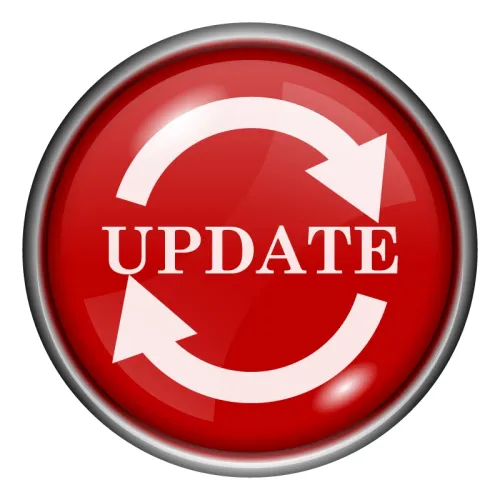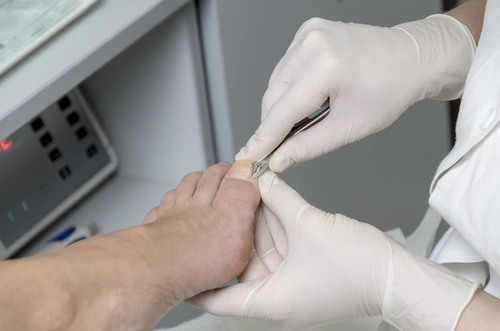Check Out Latest CCI Edits to File Cleanest Debridement Claims Possible

Here’s what to do when the debridement code is in Column 1.
The latest version of the Correct Coding Initiative (CCI) took effect October 1, and it has several debridement bundles internal medicine coders need to know.
Why? If your physician performs debridement with another procedure, you need to check out the latest CCI lists. Most of the debridement codes you’re likely to use have been affected by CCI 22.3.
Look at this info on what you need to know to comply with the latest CCI.
Pay Attention to These Edits Involving Debridement Procedures
Many of the codes that you use in internal medicine are included in CCI 22.3 edits. According to these edits, these procedure codes are considered a Column 1 code with each of these debridement procedures:
In addition to the above mentioned codes, the list also includes +11001, +11045, +11046, +11047 and +97598, which are add-on codes to 11000, 11042, 11043, 11044 and 97597, respectively. All these above debridement codes are mostly column 2 codes with most of the codes that you use in internal medicine (including integumentary codes [10040-17250], musculoskeletal range of codes [20005-29999], and removal procedural codes of the external ear [69200-69210]).
“These edits are generally consistent with Current Procedural Terminology (CPT®) guidance regarding reporting of debridement,” says Kent Moore, senior strategist for physician payment at the American Academy of Family Physicians. “Debridement is generally understood to be part of a more extensive procedure when that procedure is reported. For instance, CPT® guidelines preceding the integumentary repair codes (12001-13160) indicate that debridement is part of such services. Those guidelines specifically state, ‘Debridement is considered a separate procedure only when gross contamination requires prolonged cleansing, when appreciable amounts of devitalized or contaminated tissue are removed, or when debridement is carried out separately without immediate primary closure,’” Moore adds.
Modifier indicator: Each of these above mentioned edit pairs carries a modifier indicator of “1,” meaning that you might be able to report both codes in an edit pair if you have sufficient documentation to support separate coding. “The edit can be overcome, if appropriate, with the use of modifier 59 (Distinct procedural service),” says Mary I. Falbo, MBA, CPC, CEO of Millennium Healthcare Consulting, Inc. in Lansdale, PA. If so, you should append a modifier to the Column 2 code.
Understand When Edits Are Reversed
Although, in most instances, the debridement codes are Column 2 codes in the edit bundle with the codes you use in internal medicine, you can find these codes in Column 1 in some of the edits.
You will need to be aware when these debridement codes are Column 1 codes. While in most instances, these codes are Column 2 codes, they are Column 1 codes along with these below mentioned codes:
Modifier indicator: As with debridement codes in Column 2 mentioned earlier, these edits with cast, splint and strapping codes also carry the modifier indicator ‘1.’ You can report these above mentioned Column 2 codes separately if you append a suitable modifier such as 59 with these codes. Since the debridement codes are Column 1 codes for these edit bundles, you will report these codes without the use of a modifier.
Example: Your internist reviews a 25-year-old male patient who presents to your practice with injuries sustained in a skateboarding incident. The evaluation revealed the patient had a fractured left elbow and multiple injuries on the left upper arm and left knee. Your clinician decided to place a long arm splint to stabilize the fractured elbow until an orthopedist could treat it later. Since the wounds had gravel in them, your clinician then debrided the wounds on the arm and legs. This debridement mostly involved the skin and included some portion of the subcutaneous tissues. The total area was less than 20 square centimeters. Your internist then placed a topical antibiotic and dressed the wounds.
What to report: In this scenario, your clinician performed placement of the long arm splint and debridement of wounds of the arm and the knee. So, you will report the following codes:
Resources: If you have not already availed yourself of the latest CCI edits, you can find them on the Centers for Medicare & Medicaid Services web site at https://www.cms.gov/Medicare/Coding/NationalCorrectCodInitEd/index.html?redirect=/nationalcorrectcodinited/.




